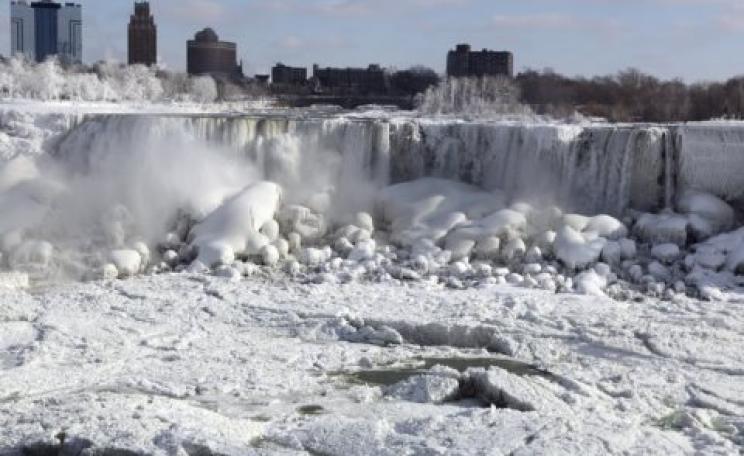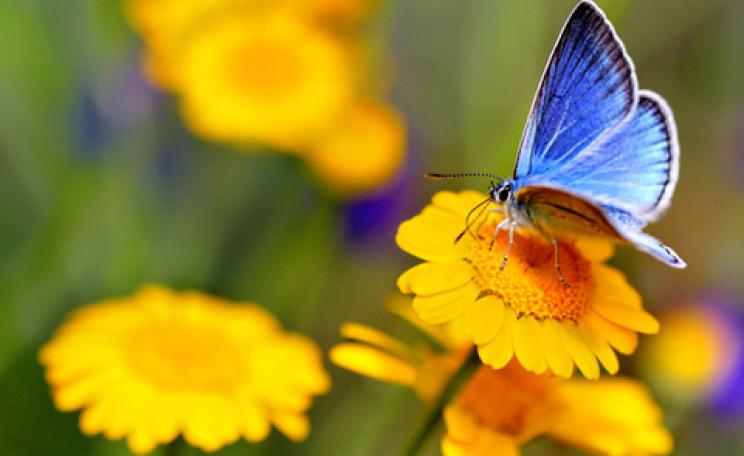A new study by the University of Virginia has indicated that increased levels of air pollution are destroying the aroma of flowering plants, impairing the ability of pollinators to locate them. The study, published in the journal Atmospheric Environment, indicates that aroma from flowers has decreased by as much as 90 per cent from pre-industrial times.
Coming on the back of other reports showing falling bee and butterfly populations, the study compared how far scent molecules – known as fl oral hydrocarbons – travel in areas of low pollution compared to areas of high pollution.
‘The scent molecules produced by flowers in a less polluted environment… could travel for roughly 1,000m to 1,200m; but in today’s polluted environment… they may travel only 200m to 300m,’ explained environmental sciences professor and co-author of the paper, Jose D. Fuentes.
The research shows that due to the volatile nature of floral hydrocarbons they bond easily with airborne pollutants. The chemical reaction that follows destroys the scents produced by the hydrocarbons, resulting in molecules that no longer smell of flowers.
Because of this, bees and other pollinators that rely on scent trails to locate plants are increasingly forced to rely more heavily on sight. The result is a vicious cycle whereby pollinator populations decline as they struggle to find food, and flowering plants become scarcer as they are not pollinated sufficiently to proliferate.
The research is made all the more alarming as the season of peak air pollution in the summer months is also when demand on pollinators is at its height.







